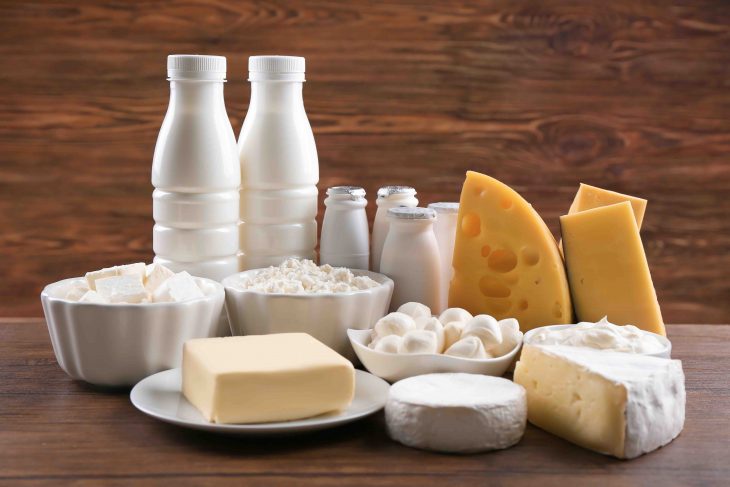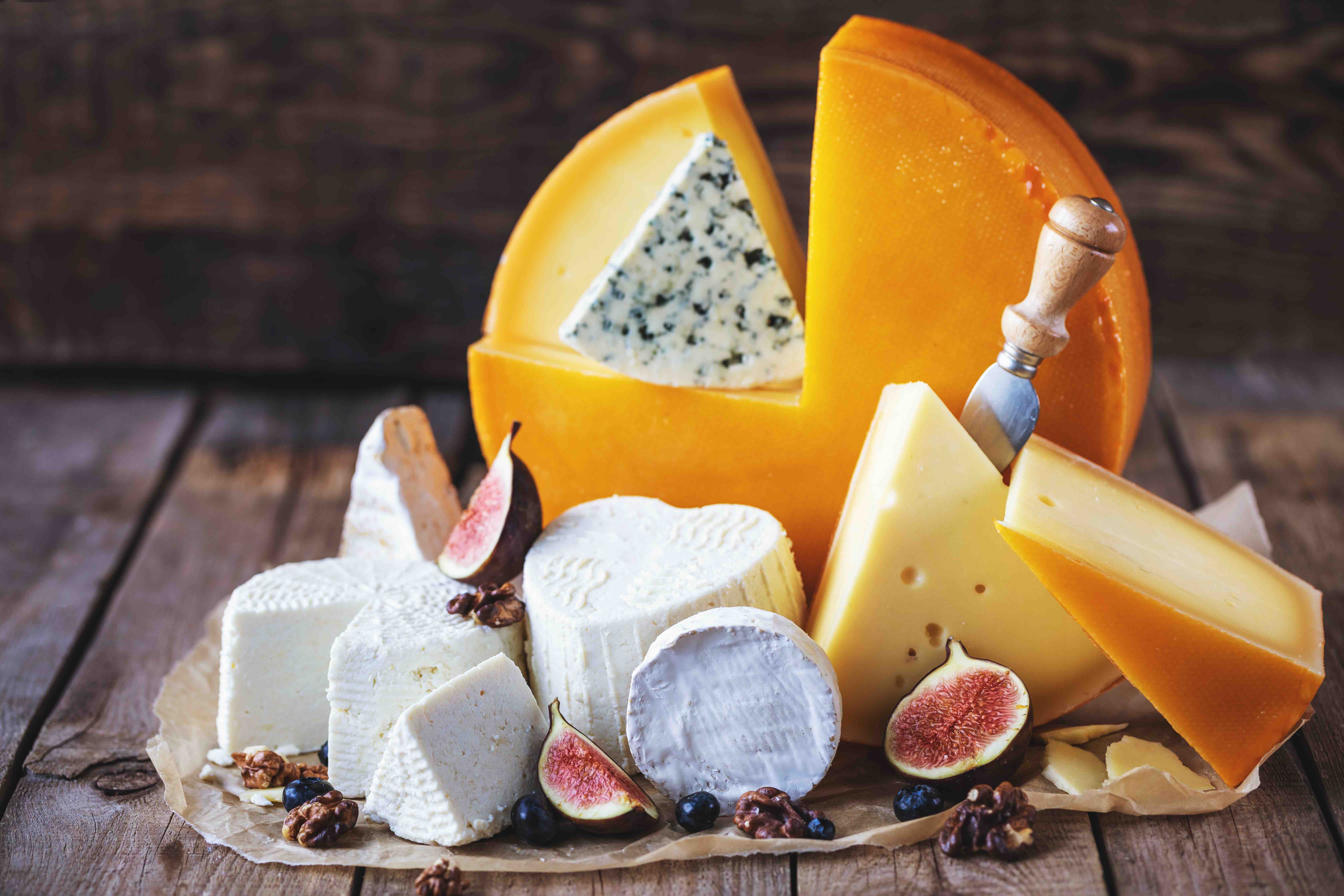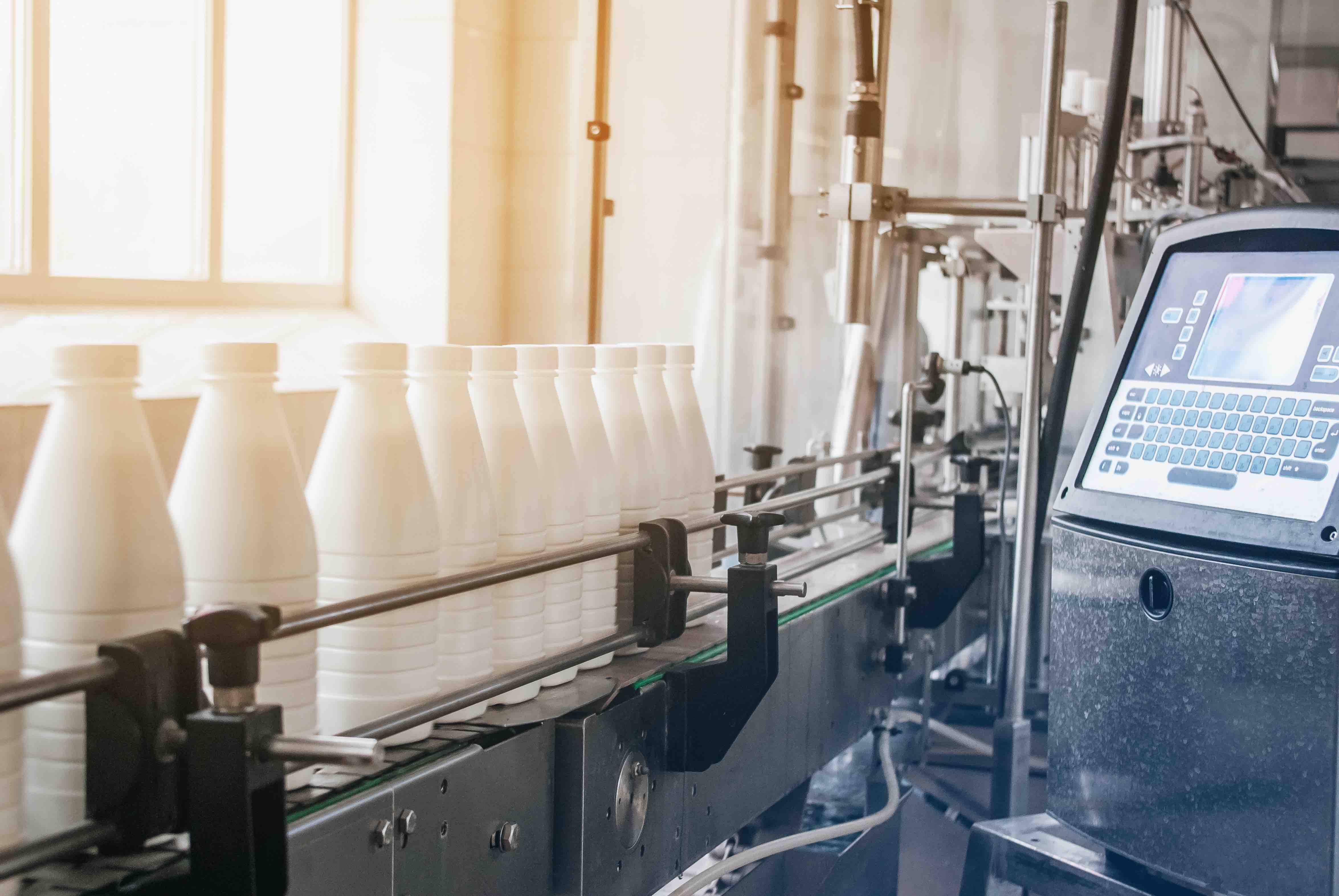
From creamy butter on our morning toast to the tangy cheese that graces our pizzas, dairy is undoubtedly an integral part of our daily diet. But how much do we actually know about this incredible food group? In this article, we are going to delve into 10 facts about dairy that will certainly milk your interest. Let’s jump right in!
Dairy’s Ancient Origins
Unbeknownst to many, dairy consumption is not a recent development. In fact, humans have been consuming dairy for an impressive 9,000 years! Archaeological studies have traced dairy farming back to the Fertile Crescent in the Middle East, making our love for milk and its products a millennia-old affair.
The Nutritional Powerhouse
Next on our list is the vast nutritional benefits that dairy offers. Milk, cheese, and yogurt are packed with essential nutrients such as calcium, protein, and vitamin D. These nutrients are indispensable for bone health, muscle growth, and maintaining overall wellness.
The Variety of Dairy
Did you know there are over 1,800 types of cheese worldwide? Each type of cheese possesses a unique flavor, texture, and aging process, making cheese one of the most diverse products in the dairy world. Be it the creamy Brie from France, sharp Cheddar from England, or smoky Gouda from the Netherlands, there’s a cheese to suit everyone’s palate!

Cow’s Milk Dominance
While sheep, goat, and buffalo milk are utilized worldwide, cow’s milk takes the crown as the most consumed type of milk. Cow’s milk accounts for an impressive 85% of all milk production globally, thanks to its versatility and the relative ease of large-scale farming of cows.
Lactose Intolerance and Dairy
Despite the nutritional benefits and popularity of dairy, it’s estimated that around 65% of the global population experiences some degree of lactose intolerance after infancy. This condition results from a decrease in lactase, an enzyme that helps digest lactose, the sugar found in milk.
However, this hasn’t stopped the love for dairy. Many lactose-intolerant individuals still enjoy dairy products such as hard cheese and yogurt, which contain lower levels of lactose.
A Boon for the Economy
Dairy is not only delicious and nutritious but is also a significant contributor to the global economy. With millions of dairy farms across the world, the industry supports livelihoods, creates jobs, and drives economic growth. In the United States alone, the dairy industry contributes over $620 billion to the national economy annually.
Dairy and the Environment
The dairy industry has a mixed impact on the environment. On one hand, it contributes to greenhouse gas emissions. On the other, well-managed dairy farms can promote biodiversity and environmental health. Many farmers are increasingly adopting sustainable practices, such as efficient water usage, manure management, and grazing techniques, to mitigate environmental impacts.
Dairy and Innovation
The dairy industry is constantly innovating. With advancements in technology, farmers can optimize production and ensure animal welfare. For example, robotic milking machines are becoming increasingly common, providing a more efficient and less stressful milking process for cows.

The Rising Popularity of Plant-Based Alternatives
The popularity of plant-based dairy alternatives has been on the rise in recent years. Products made from soy, almond, oats, and peas have been welcomed by those looking for lactose-free, vegan, or more sustainable options. However, traditional dairy continues to hold its ground, thanks to its unique taste, nutritional profile, and culinary versatility.
The Future of Dairy
The future of dairy is brimming with potential. Emerging trends like dairy-based functional foods, fortified with probiotics and omega-3 fatty acids, hold promising prospects. Moreover, efforts to improve sustainability, animal welfare, and efficient production will continue to shape the industry.
Final Word
In conclusion, the world of dairy is filled with intrigue and variety, playing a significant role in our diets, economy, and culture. Whether it’s the astonishing diversity of cheese, the nutritional punch packed by dairy, or the continued innovation shaping the industry, these 10 facts demonstrate that there is much more to dairy than meets the eye. As we journey into the future, we can certainly look forward to further fascinating developments in the dairy industry.
Was this page helpful?
Our commitment to delivering trustworthy and engaging content is at the heart of what we do. Each fact on our site is contributed by real users like you, bringing a wealth of diverse insights and information. To ensure the highest standards of accuracy and reliability, our dedicated editors meticulously review each submission. This process guarantees that the facts we share are not only fascinating but also credible. Trust in our commitment to quality and authenticity as you explore and learn with us.
